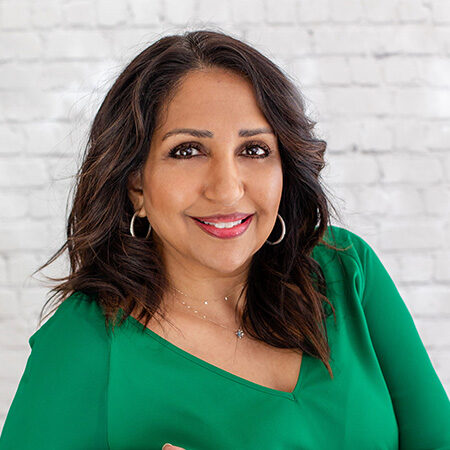The COVID-19 pandemic fundamentally changed the way we think about germs, sanitizing, and disinfecting. As we look forward and attempt to move slowly but surely into a post-pandemic world, it is important that we retain the knowledge gained over the past year and a half about stopping the spread of harmful pathogens while keeping in mind best practices to ensure cleaning chemical safety.
The need for enhanced hygiene brought to light the distinct differences between cleaning, sanitizing, and disinfecting, which is emphasized by both the U.S. Environmental Protection Agency (EPA) and the U.S. Centers for Disease Control and Prevention (CDC). When it comes to killing germs, think of these processes as three actions to achieve three levels of cleanliness.
Take action
Action one—cleaning—removes germs, dirt, and impurities from surfaces or objects but it does not kill germs. Cleaning works by using soap and water to physically remove germs from surfaces.
Action two—sanitizing—lowers the number of germs on a surface or object by reducing the germs to levels considered safe by public health standards or requirements.
Action three—disinfecting—kills germs by using chemicals directly on surfaces and objects. This process does not necessarily clean a dirty surface or remove the germs, but by killing germs on a surface after cleaning it, disinfection can lower the risk of spreading infection.
Follow Precautions
Antimicrobial disinfectants are highly effective at killing harmful viruses and bacteria in homes, offices, manufacturing and industrial facilities, mass transit, and any public space. However, it is important—for both the professionals that apply these products as well as the public that occupy these spaces—that certain precautions are always taken and these products are used according to their label instructions, which are reviewed and approved by the EPA. Practice the following tips to ensure cleaning chemical safety in your facility:
- Always make sure those who use or handle disinfectant products familiarize themselves with the products’ direction for use as set forth on the product label. These instructions have been carefully developed by the product manufacturers and reviewed by federal regulators. If a product is used as directed, it will be effective.
- Pay close attention to whether personal protective equipment must be used. In some instances, directions will advise using the product in a well-ventilated space. Disregarding label instructions or attempting to take shortcuts can result in serious consequences for both the professional cleaners as well as the inhabitants of these spaces.
- Always clean up any disinfectant spill immediately, no matter how small. Also, do not attempt to put spilled or used product back into its container. Instead, clean up any spillage right away and then properly dispose of the materials.
- Never remove disinfectants or other cleaning products from their original containers and put into unlabeled containers. This can result in accidental and improper use of the product, which can have serious and harmful consequences.
- Before using a disinfectant, check the surroundings to ensure that there are no open flames, exposed food or other consumables, or individuals not wearing appropriate personal protective equipment, if applicable.
- Make sure that all professionals wash their hands with soap and water for at least 20 seconds after working with disinfectants even if they wore gloves or other protective clothing during application.
- Carefully follow all instructions regarding dilution of a product with water if stated on the label and use water at room temperature unless stated otherwise on the label. Also, never mix disinfectants with anything other than water.
- Ensure that any employee who is inadvertently exposed to a product via inhalation or ingestion, or who exhibits symptoms of being exposed, reports the incident to a supervisor or medical professional. If further information is needed, contact Poison Control at 1-800-222-1222.
The bottom line is that disinfectants are very effective at killing harmful bacteria and viruses, including COVID-19 and other dangerous pathogens, but it is critical that all users, whether professionally or at home, carefully read and follow the label instructions. Members of the Center for Biocides Chemistries, an industry association that represents disinfectant manufacturers and distributors, are committed to providing important information on the use and handling of disinfectants to ensure that that their products are used effectively and safely.
For more information on disinfectants and other antimicrobials, please visit www.GoodChemistryLivesHere.com.



